Self-Drilling Anchor Bolts for Tunnel Forepoling Support
Time:2025-07-09From:sinorock View:
In tunnel engineering support technology is critical for ensuring construction safety and controlling geological risks. Self-drilling pipe roofs, as an innovative support method, have gained widespread adoption in recent years due to their efficiency, flexibility, and ability to adapt to complex geological conditions. This article provides a comprehensive overview of the structure, principles, applications, advantages, and real-world case studies of self-drilling pipe roofs, highlighting their significant role in tunnel forepoling support.
1.Tunnel Forepoling Support
Forepoling support is a widely used auxiliary technique in tunnel construction, designed to reinforce surrounding rock before excavation to ensure safety and stability. By forming an arch-like structure outside the tunnel contour, forepoling support enhances the load-bearing capacity of the surrounding rock, prevents collapses, controls surface settlement, and provides a safe environment for subsequent excavation.
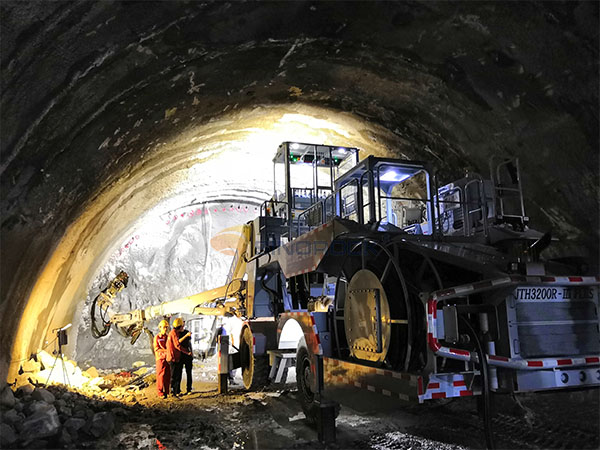
1.1 Common Types of Pipe Roofs
Common types of pipe roofs include steel pipe roofs, and self-drilling pipe roofs. Steel pipe roofs are widely used due to their high strength and durability, but their installation is complex, requiring pre-drilled holes. Self-drilling pipe roofs, which integrate drilling and anchoring functions, simplify the construction process and have become increasingly popular in tunnel engineering.
1.2 Principles of Forepoling Support
The principle of forepoling support involves inserting pipes into the surrounding rock along the tunnel contour before excavation, forming an arch-like structure. This structure effectively distributes stress in the surrounding rock, enhancing its overall stability. By working in conjunction with the surrounding rock, pipe roofs limit deformation, reduce surface settlement, and provide a stable working environment for excavation. Forepoling support is typically used in combination with other support methods, such as anchor bolts and shotcrete, to further improve support effectiveness.
2. Structure of Self-Drilling Pipe Roofs
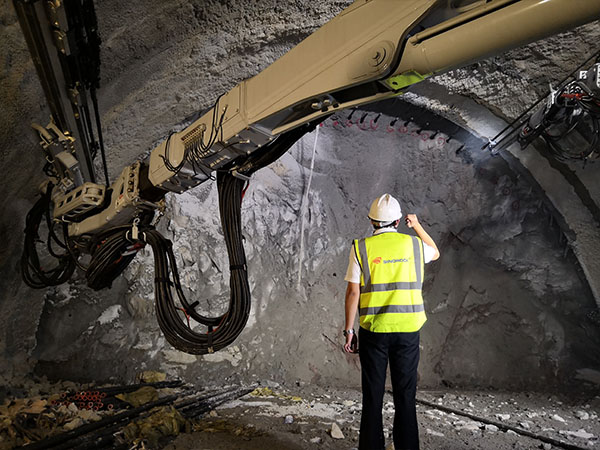
Self-drilling pipe roofs are an advanced support system that integrates drilling, anchoring, and grouting functions. Their main components include:
• Hollow Anchor Rod: Made of high-strength steel, with a hollow core serving as both a drilling channel and a grouting conduit.
• Drill Bit: Positioned at the front of the anchor rod, designed to suit various geological conditions, such as soft soil, gravel, or hard rock.
• Coupler: Used to connect multiple anchor rod segments, extending the pipe roof length.
• Grouting System: Injects cement or chemical grout through the hollow anchor rod to enhance bonding with the surrounding rock.
The unique design of self-drilling pipe roofs eliminates the need for pre-drilling, as the anchor rod itself acts as a drill rod, significantly improving construction efficiency.
3. Applications of Self-Drilling Pipe Roofs
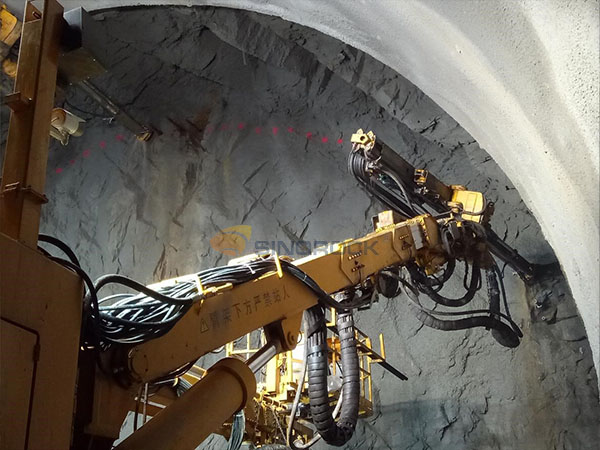
Self-drilling pipe roofs are suitable for a variety of complex geological conditions, performing exceptionally well in the following scenarios:
• Weak and Fractured Strata: In sandy soil, clay, or fault zones, self-drilling pipe roofs effectively reinforce the surrounding rock to prevent collapses.
• Shallow-Buried Tunnels: In urban tunnel construction with strict surface settlement requirements, self-drilling pipe roofs effectively control deformation.
• Complex Hydrogeological Conditions: In areas with high groundwater content or seepage, self-drilling pipe roofs can seal water flow through grouting, enhancing rock stability.
• Emergency Rescue Projects: In cases of tunnel collapses or geological disasters, the rapid construction of self-drilling pipe roofs makes them a preferred choice.
4. Advantages of Self-Drilling Pipe Roofs
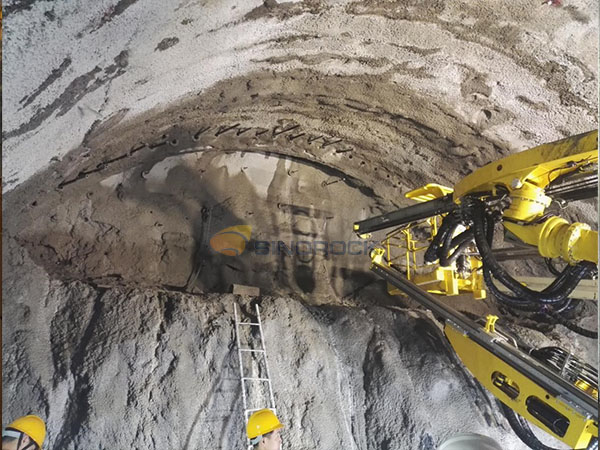
Compared to traditional pipe roofs, self-drilling pipe roofs offer significant advantages:
• High Construction Efficiency: Integrating drilling, anchoring, and grouting eliminates the need for separate drilling, reducing construction time.
• Strong Adaptability: Capable of handling various drilling, from soft soil to hard rock.
• Cost-Effectiveness: Reduced equipment and labor costs, lowering overall construction expenses.
• High Safety: Reduced installation in tunnel construction time and reliable anchoring drilling reduces geological hazards during construction.
5. Case of Self-Drilling Pipe Roofs
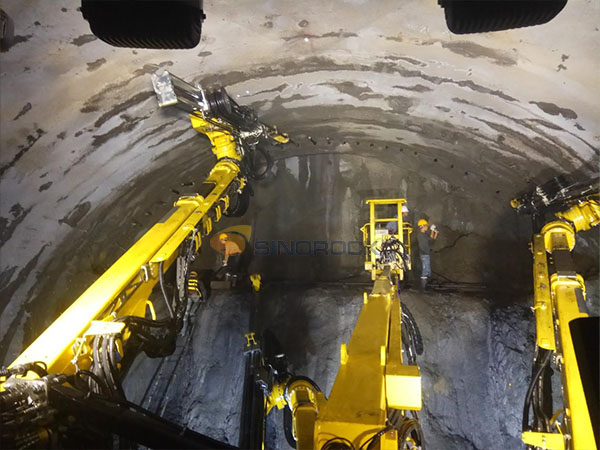
In pipe roofing for Zhengzhou-Wanzhou High-speed railway, the construction site was in complex geological conditions. The construction team adopted super-drilling pipe roofs as an advanced drilling support measure. During the drilling process, the super-drilling pipe roofs, drilling, with their efficient drilling and tunneling techniques, quickly developed a tunnel system. Ultimately, drilling reduces tunneling time by approximately 15%.
Conclusion
Self-drilling pipe roof systems, as an advanced tunnel forepoling support technology, have gained widespread adoption in modern tunnel engineering due to their efficiency, flexibility, and reliability. Their unique structural design and construction methods make them highly effective in complex geological conditions, particularly for urban tunnels, weak strata, and emergency rescue projects. With ongoing advancements in material science and construction technology, self-drilling pipe roof systems are poised to play an even greater role in ensuring safe and efficient tunnel construction in the future.
latest news
-
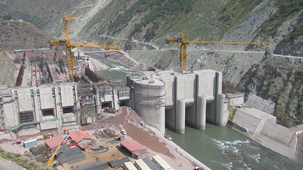
- What Are the Applications of SDA Bolts in Hydropower Stations?
- Time:2025-08-21From:This Site
- Learn how self-drilling anchor bolts enhance slope stability, tunnel support, and dam reinforcement in complex geological conditions at hydropower stations. Optimize hydropower projects with efficient, cost-effective, and eco-friendly solutions.
- View details
-
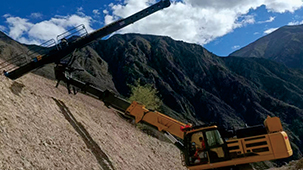
- Slope Stabilization with SDA Bolts: Benefits & Applications
- Time:2025-08-19From:This Site
- Discover how self-drilling anchor bolts (SDA bolts) provide superior slope stabilization for highways, railways, and tunnels. Learn their key benefits, installation process, and real-world applications in loose or collapsible soils.
- View details
-
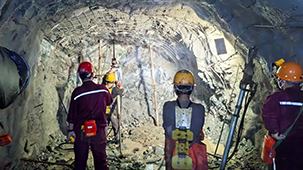
- How Self-Drilling Rock Bolts Enhance Tunnel Support in Fractured Rock?
- Time:2025-08-15From:This Site
- Discover how self-drilling rock bolts enhance tunnel support in fractured rock. Learn their benefits, installation steps, and real-world applications for safe, efficient tunneling.
- View details
-
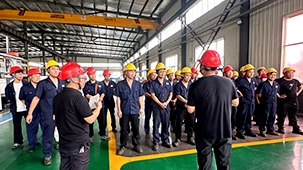
- Sinorock 2025 Quality Month | Strengthening Quality Foundations, Empowering Product Excellence
- Time:2025-08-13From:This Site
- Sinorock’s 2025 Quality Month, themed “Strengthening Quality Foundations, Empowering Product Excellence,” successfully concluded, reinforcing our commitment to superior product quality.
- View details
-
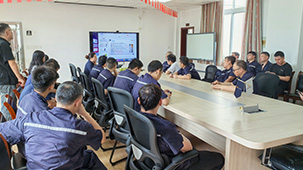
- Sinorock Safety Month 2025 | Everyone Speaks Safety, Everyone Can Respond
- Time:2025-07-03From:This Site
- Sinorock Safety Month 2025, centered on the theme "Everyone Speaks Safety, Everyone Can Respond - Spot Workplace Hazards," has wrapped up successfully!
- View details
-
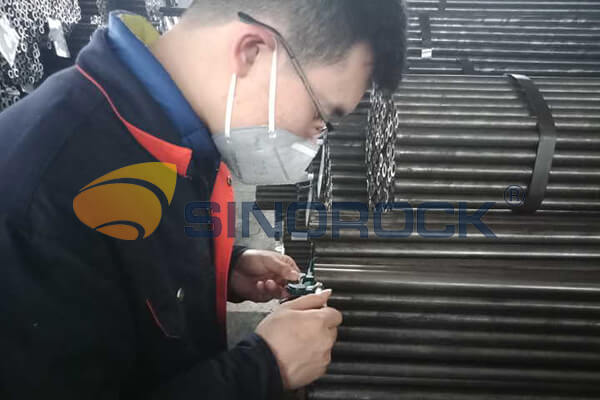
- Quality Control: the Vital Factor of A SDA Bolt Factory
- Time:2025-01-09From:This Site
- Sinorock’s comprehensive quality control system, from supplier management to outgoing inspections, ensuring the highest standards for self-drilling anchor bolts in construction.
- View details
-

- Sinorock Invites You to Explore Proven Self-Drilling Anchor Bolt Solutions at bauma 2025
- Time:2025-03-07From:This Site
- From April 7–13, 2025, explore Sinorock’s Self-drilling anchor bolt solution at Booth C2.513/4 in Hall C2 of the Messe München Exhibition Center (Munich, Germany).
- View details
-
.jpg)
- SINOROCK to Attend EXPOMINA PERÚ 2024 in Lima, Peru
- Time:2024-08-10From:This Site
- Sinorock to Attend EXPOMINA PERÚ 2024 in Lima, Peru
- View details
-
.jpg)
- SINOROCK to Participate in MINING AND METALS CENTRAL ASIA 2024
- Time:2024-08-08From:This Site
- SINOROCK to Participate in MINING AND METALS CENTRAL ASIA 2024
- View details
 Download
Download 


